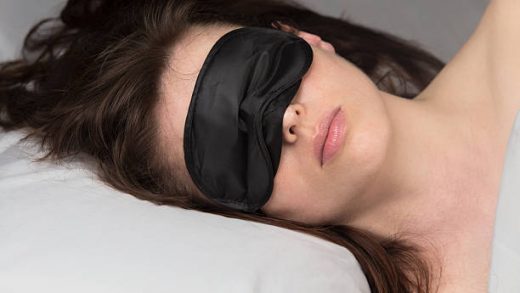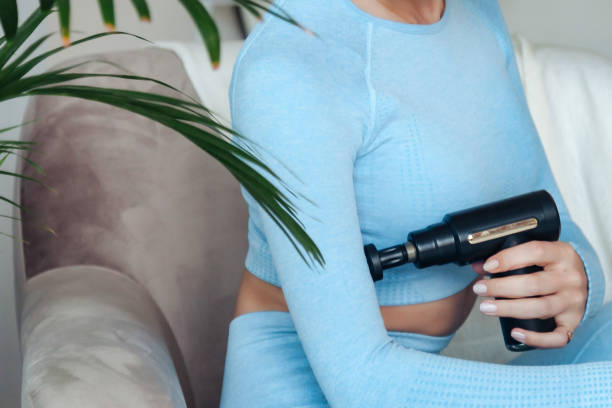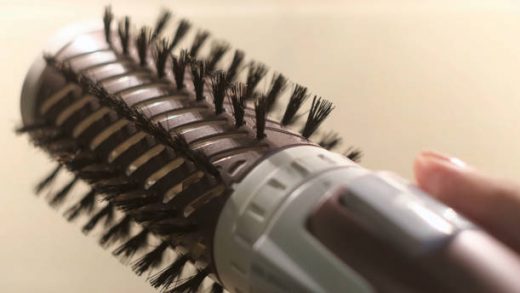What is Under-Eye Filler?
The hyaluronic-based injection under-eye filler, soft tissue, or dermal filler is used to correct sunken or discolored areas. Although dermal filler has not been approved by the FDA to be used under the eyes technically, dermatologists worldwide have extended its use (which can also be used on cheeks, lips, and hands) because it is capable of entirely reversing dark circles or bags.
Moran explains that dark circles can appear under the eyes in many cases. Either bulging fat causes these shadows underneath the lower lid or depressing soft tissue above the bone beneath the eye.” In both cases, soft tissue filler can reduce the cloud.
This rejuvenation procedure does not require a lot of injections due to the small area in the under eye. Engelman estimates that one to two filler sessions (to treat both eyes) cost around $1500. This means that one treatment, which Engelman claims lasts up to 18 months, will cost you approximately $3000.
It is essential to consider where you will be getting your under-eye fillers. Moran notes that some offices charge only $500 to $900 per syringe. However, location (think city versus suburban) can also play a role.
Many people believe that under-eye fillers are worth the cost, despite how high they may seem. Under-eye fillers are more effective than other facial treatments, which can take time to set in place. However, you will see the results immediately after it is injected. Moran warns that there may be some swelling and bruising.
Benefits of using Under-Eye Filler
- Instant results
- Brighter under-eye region
- Plumper under-eye region
- The under-eye area is more youthful and less tired looking overall
Many people consider under-eye-fillers the best option for looking bright-eyed, bushy-tailed. Chapas claims that most patients feel more awake and freshened up after their appointments. She adds that patients report using less concealer and makeup to hide undereye circles.
These results can be seen because of what hyaluronic acid injections (such as Restylane, Juvederm, and Belotero) do for the area under the eyes. Engelman says that hyaluronic acid injections smoothen fine lines and wrinkles and add volume to the skin. Injectables will also provide long-term benefits, as dermal fillers are known to build collagen and elastin.
Under-Eye Filler vs. Botox
People who do not know much about facial rejuvenation often get Botox and under-eye filler mixed up. Talk to a dermatologist, and you’ll see that they are two very different things.
Engelman states that fillers address volume loss, while Botox treats crepiness, wrinkles, and fine lines. They address different areas of anatomical location and are often used together. Engelman notes that fillers work best when there is hollowing at the tear trough.
How to prepare for under-eye filler
Avoiding any blood-thinning medication, as with all facial injections, is essential. Chapas says that swelling and bruising are the most common side effects. “To minimize the risk of bruising, we ask patients not to take any medications or supplements that can thin the blood, such as aspirin and ibuprofen, naproxen and Vitamin E, and to avoid bruising seven days before their appointment,” Engelman says. Engelman also notes that alcohol can have the same effect on blood, so skipping any happy hours before your injection day is a good idea.
What to Expect During an Under-Eye Filler Therapy
The under-eye filler procedure isn’t too scary. Chapas states that you can expect a topical numbing agent to begin. After the topical anesthetic has worked its magic for approximately 15 minutes, it will be ready for injection. The entire procedure can take anywhere from 15-30 minutes, depending on each patient’s individual needs.
Engelman said that the numbing makes it feel manageable. She mentions an uncomfortable sensation caused by pressure from the orbital bone.
Side Effects
As previously mentioned, swelling and bruising are the most severe signs to watch out for. Chapas states that bruising and swelling should not last more than one to two days. As stated previously, swelling and bruising are joint. The swelling lasts for about two days. She says patients should not exercise or position their heads below their waistline for 24 hours. This will reduce swelling and bruising.
Extreme bruising is not common, but it is possible. Moran states that bruising can be challenging to hide and may take up to 10 days before some people feel comfortable enough to talk to people they don’t want to know about their treatment.



